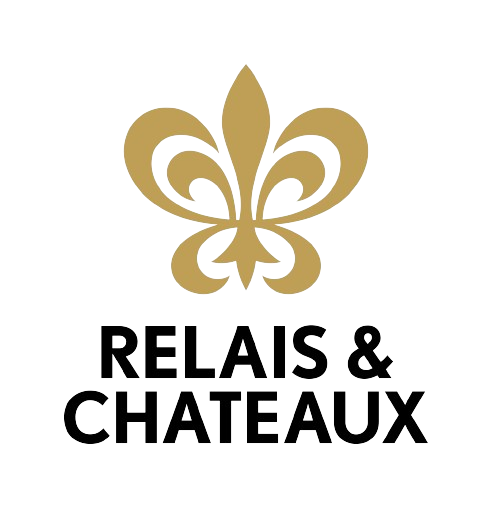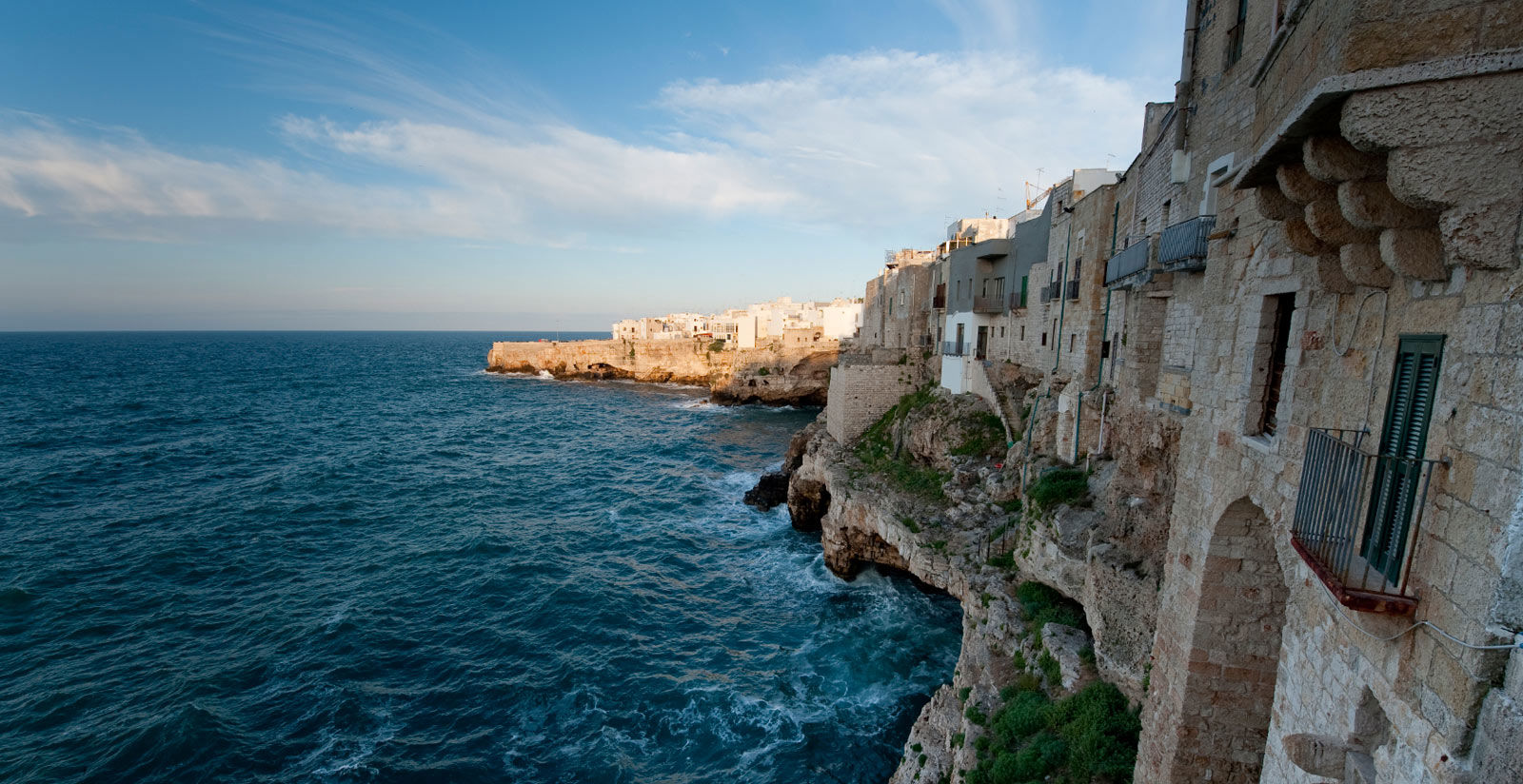The Basilica of St. Nicholas
One of the symbols of the city of Bari stands in the heart of the old city, in a large square where, prior to its construction, there was the palace of the Byzantine Catapan (destroyed during a popular uprising).
The building was built between 1087 and 1197 in order to house the relics of St. Nicholas, translated to Bari from Myra by some sailors in 1087. It is one of the best examples of Apulian Romanesque architecture.
The Cathedral of San Sabino
The Cathedral of San Sabino was built during the 11th century following the destruction of the city (in 1156) by William I of Sicily.
Just as the Basilica of St. Nicholas, this church also offers one of the best examples of Apulian Romanesque architecture. It has a simple facade and, like the rest of the complex, is characterised by pilasters, arches, mullioned windows with two lights and lancets. A majestic rosette and variegated cornice can be seen at the top of the church.
The three portals that lead inside the church date from the 11th century, but were renovated during the 18th century.
Civilian architecture
The old city, or Barivecchia, is the oldest part of the city and is characterised by narrow, windy alleyways, built specifically to prevent as much as possible enemy soldiers from entering inside the city walls, and by the numerous churches and buildings built between the medieval times and 1700s. Indeed, this area of Bari contains most of the historical artefacts that have recorded the city’s history throughout the centuries.
More recent, yet nonetheless important buildings (dating from the 1800s and 1900s) have been constructed inside the ancient city walls such as Palazzo dell' Acquedotto Pugliese, Palazzo Atti and Palazzo Colonna.
Norman-Swabian Castle
This fort was built in 1131 by the Norman ruler, Ruggero. In 1156 William I of Sicily almost entirely destroyed the construction and, immediately after Guido il Vasto was commissioned to rebuild it by Frederick II of Swabia. After the works carried out by Frederick II, various works were performed during the 16th century to adapt it to meet the defensive requirements of the period.
The castle is characterised by overlying square towers and a wide, deep moat.
Theatres
The most theatres are:
Teatro Petruzzelli: sprang up from the city’s need for a cultural venue worthy of a city wanting to be on the same level as other Italian cities.
Bari’s passion for the theatre was well-known, but there were insufficient venues, or they failed to achieve the model of austerity which Bari wanted for its theatre. Not even the city’s Teatro Piccinni, built in 1854, satisfied the city’s need and desire to emerge on an artistic and cultural level.
Teatro Margherita (closed since 1980, currently under renovation); Teatro Piccinni is Bari’s oldest theatre. The building is able to accommodate an audience of more than eight hundred. The theatre was inaugurated on 30 May 1854 with a performance of Poliuto by Gaetano Donizetti. A year later, in 1855, it was given the name of Teatro Niccolò Piccinni, in honour of Bari’s famous musician much esteemed in his home city and in France where he chose to work as a composer.
With the exception of Teatro Margherita, these theatres, together with Auditorium Nino Rota, also closed for many years and under renovation, represent the city’s historical venues and are managed by Fondazione Lirico Sinfonica 'Petruzzelli e Teatri di Bari.
Cuisine
Apulian cuisine is based on the region’s three main agricultural products, i.e., wheat, oil and wine.
In addition to the aforementioned ingredients, the traditional cuisine of Bari is enriched by the abundant fruit and vegetables the area produces. Excellent Apulian bread and homemade pasta is made using local flour: recchietelle or strascinate, chiancarelle or orecchiette of various size, cavatelli, lagane, troccoli or fettuccine, fusilli or maccheroni arrotolati, tripoline and mignuicchi or semolina gnocchetti.
Homemade dough is also used to make baked calzoni filled with onions, anchovies, capers and olives; fried panzerotti filled with lard and ricotta or mozzarella; pettole alla barese; rustic-style quiches, the typical focaccia alla barese, taralli, friselle and scagliozzi or sgagliozze in other words slices of fried polenta.
The most popular seasonings are oil and garlic. The local vegetable soups are excellent as are the bread-based ones (pancotto and caponata), chick peas, whole or squashed broad beans (with Swiss chard), cabbage, celery, cardoons and fennel that are often served on their own with oil, or salted, or with pork broth.
Meat dishes are mostly made using lamb (tacche al forno, cottarello, lamb rolls known in dialect as 'ghimridd''), pork (capocolli, various sausages seasoned above all with chilli pepper), rabbit and game. A local delight: thrushes preserved in a white wine sauce.
Specialities: baked rice also known as rice, potatoes and mussels as well as linguine with cuttlefish sauce snails collected from the nearby Murgia promontory, served boiled or with various dressings.
Bari, in so far as a city located on the sea, is also famous for its numerous and excellent fish dishes: snapper with olives, roasted gilthead with an oil and lemon sauce, anchovies baked with breadcrumbs, garlic, mint, capers and olives and stewed squid.
The typical sweets of Bari include cartellate, paste reali, castagnedde, sassanelli, zeppole, bocconotti, scarcelle and callume in other words sweet black pudding.
The best wines of Bari and the surrounding province include Primitivo, Castel del Monte, Moscato di Trani, the white wines of the Itrian Valley, Aleatico and varieties of Cerasuolo and Sangiovese. There is an abundant production of blending wines including Barletta.
Events
Fiera del Levante
One of the main trade fairs in the Mediterranean area, created in 1929 at the initiative of the city’s authorities, provincial administration and Chamber of Commerce of Bari and held every year since then. The first ever Fiera del Levante was held in 1930. The event has continued to be held during the September of each year and was only suspended during the years of the Second World War from 1940 to 1946.
The total number of participants that take part in the event every year stands at five thousand, both national and international. The number of visitors stands at around two million.
The historical fair, as well as being the most well-known among the general public, is also the largest European trade fair, held in September, with over 700,000 visitors and more than 2000 participants. It is held in a specific area, measuring approximately 300,000 m2, located to the north-east of the city, near Punta San Cataldo, at the western boundary of the new port.
The fair is also aimed at promoting exchanges between the East and West with Bari representing the most favourable meeting point in age-old tradition.







